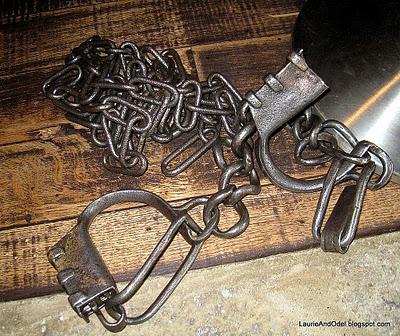
I've kicked around ideas as to why zombies are a center-stage topic of interest for my children. My wife and I don't talk about zombies (ha, like that would make a difference), we don't watch zombie movies at home (haha, like that would make a difference), and we don't condone the subject of zombies (hahaha, like that would make a freaking difference). Zombies for us have been an inconceivably non-issue... kind of like the intermarriage of a Democrat and Republican. Who produce purple offspring (I heard that happened once up North).
I recently went birthday shopping with my son at Barnes & Nobles when in the checkout line I came across these little, pet zombies. Complete with instructions on how to care for them. Care for them? How? By giving them peroxide and band aids? I was sure that were pet zombies to exist, the best way to care for one would be to let it bleed.
No, I had to end this crap right now before it got way out of hand. My kids needed to know that I didn't "believe in" zombies so zombies wouldn't exist for them either. I had to let them know that the freak trend would soon be over, then we could go back to the good old days when we worried about more plausible creatures. Like aliens. And people who believed in them.
But. Then. I was blindsided one afternoon as I contemplated working out (that gave me a nice burn). In considering the oxymoron of the living dead, what idea planted the seed of rebellion (aka, democracy) in our historical American mind in the first place? Yes, like you I saw the direction my mind was headed: John Calvin.
OK, not solely John Calvin (it's never "solely" anybody who gets a thing done). A combination of European "reformers", spanning a few hundred years, began thinking differently about things. Like how humans should be depicted in art:
For example, do humans all really stand on tippy-toe? Regularly? (Humans are most honestly depicted within their environment, so environment has to be important).

Or, in true foreshortening shouldn't objects in the foreground be proportionately larger than objects in the background? (The relationship of things to each other within an environment is important).

And, where are the people of color? (Oops, that wasn't much of a concern for several more hundred years.)

It wasn't just art, but art was a portal into the many matters of humanity that were being rethought. The name for the high point of this period was called "Reformation." But I see it less as a reformation and more as a rebellion (Anyways, that's what it looks like here).

But the mother-thought of the Reformation surrounded the interpretation of freedom. What is freedom? Who is free? How free?

John Calvin, blamed for the Calvinist interpretation of freedom, was first known as the father of constitutional government before he was ever a Calvinist (hahaha).

His interpretation of freedom shattered the exclusive monarchical rule, because not only did subjects now have legitimate obligations to the monarchy, but the monarchy also had legitimate duties to its subjects. And if either chose not to fulfill said duties, then the other was free from the tyrannical insistence that he alone obey but not be obeyed. That's where European countries originally got the idea of the constitution (I'm sure Henry wasn't too fond of Calvin. Initially).

But to what extent is God free? Infinitely. To what extent is man free? Finitely. BUT TO WHAT FREAKING EXTENT?
Zombies are the living dead, a conundrum, I think, to describe a fundamental confusion debated long before the Reformation and currently debated by the proliferation of commercial zombie goods. To what extent is dead dead? To what extent is alive alive? To what extent is free free?

Zombies, I am convinced, are less about the zombie and more about the extent. Do you push "it" to the extreme or do you pull it back so that it is a non-issue and, in effect, inert? Of course, these are good questions my children should be asking, and discussing, and even toying with. To what extent is standing on tippy toe no longer a proper artistic depiction of human stance? To what extent is foreshortening no longer foreshortening? And where are the Black people?
